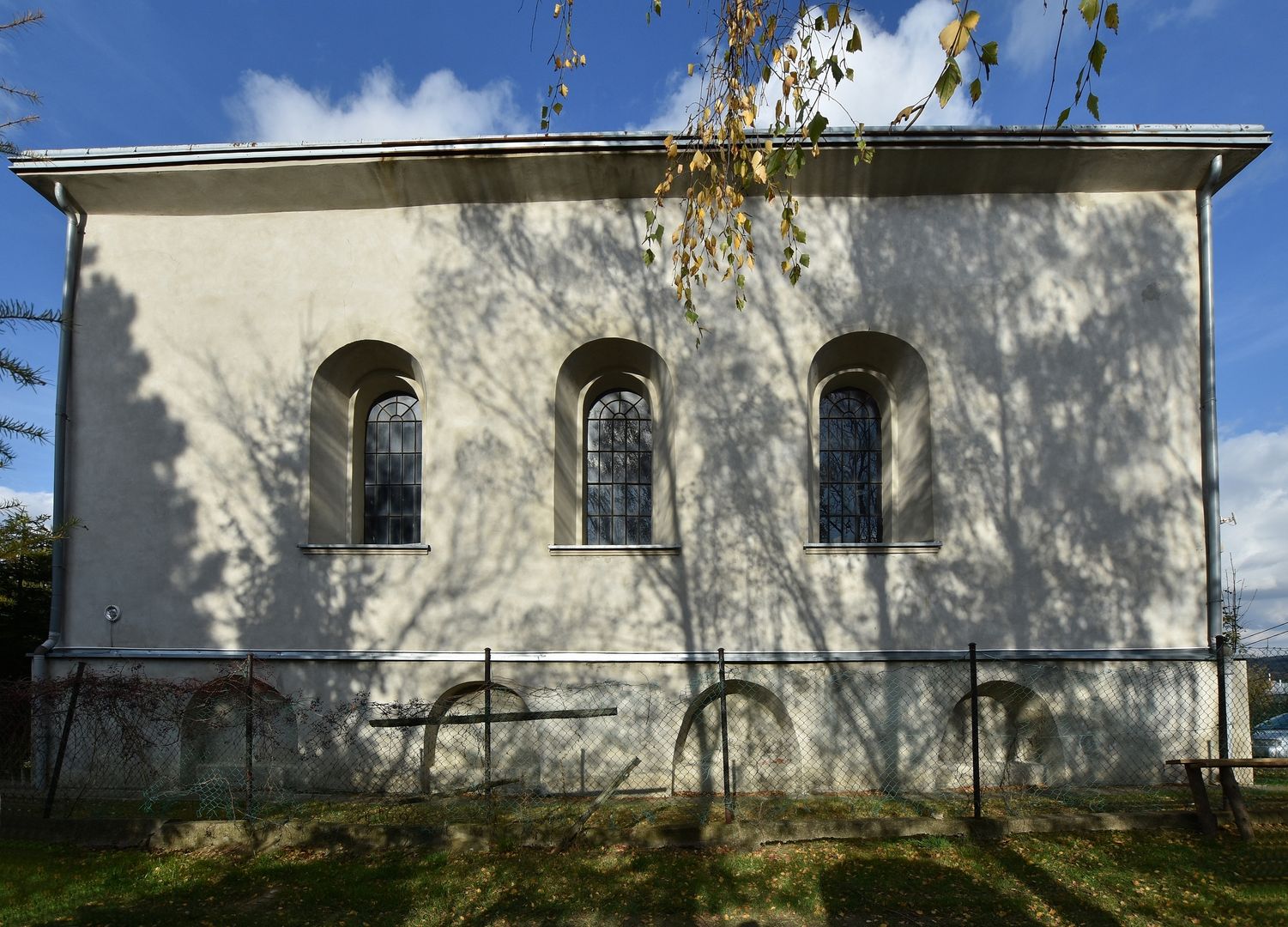Synagogue in Rymanów
6.01

Overview
The synagogue in Rymanów, located on Piękna Street, is the second oldest synagogue in the Podkarpacie region and one of the oldest in Poland. Built in the first half of the 17th century, it was likely inspired by the Kupa Synagogue in Kraków. In 1920, it underwent a major renovation that introduced elements of Viennese Art Nouveau. However, during World War II, it was desecrated by the Nazis, who used it as a warehouse for looted property. After the war, the building fell into further disrepair, and a decision was made to demolish it following a fire in 1957, which destroyed many structural elements.
The intervention of the regional monument conservator saved the building from complete destruction. In 2005, the synagogue was transferred to the Foundation for the Preservation of Jewish Heritage, marking the beginning of its reconstruction. Renovation efforts started in 2005 thanks to the initiative of Rabbi Abraham Reich and the Rymanów Jewish community based in New York.
The synagogue is renowned for its unique architecture. The Baroque-style masonry structure measures 17 by 21 meters and features walls approximately 2 meters thick, along with a prayer hall supported by eight-meter columns. The interior is adorned with frescoes depicting the Western Wall and inscriptions of prayers. It is listed in the national register of monuments, and its restoration is the first post-war project in Poland aimed at returning the building to its sacred purpose while also serving as a center for education and interfaith dialogue.
Notably, in 2007 and 2008, the synagogue was targeted by vandals who smashed its newly installed windows, highlighting the ongoing tensions surrounding the site. Today, it serves as a pilgrimage destination for Hasidic Jews and remains a profoundly important part of Jewish cultural and historical heritage in the region.
Location
2025 Wizytor | All Rights Reserved